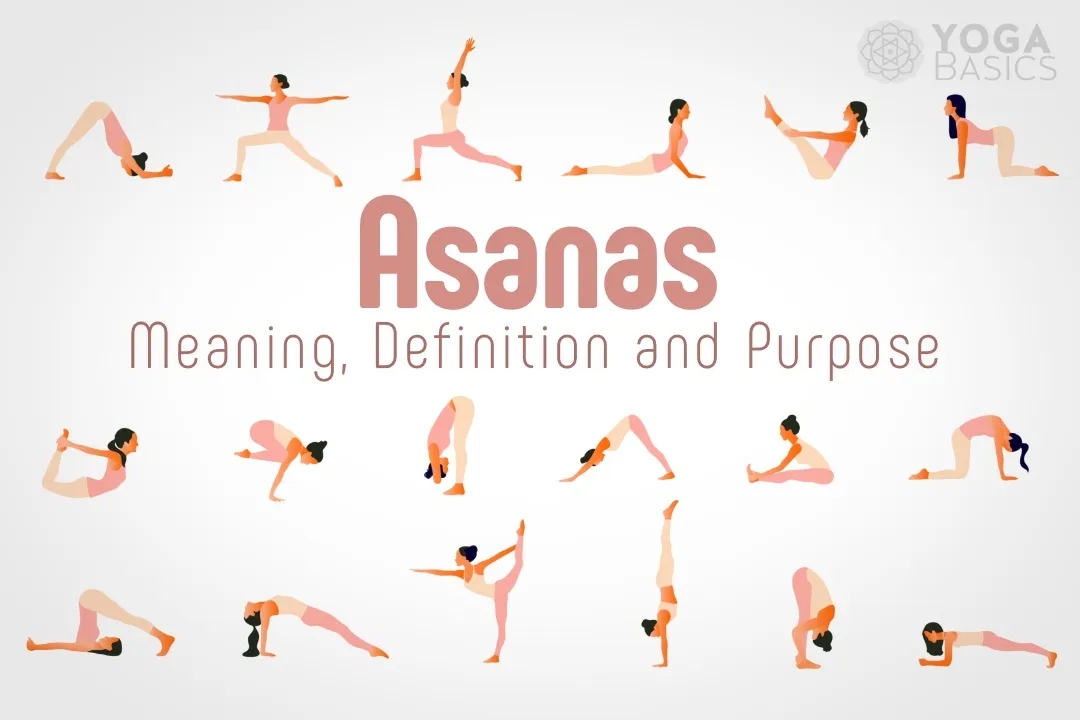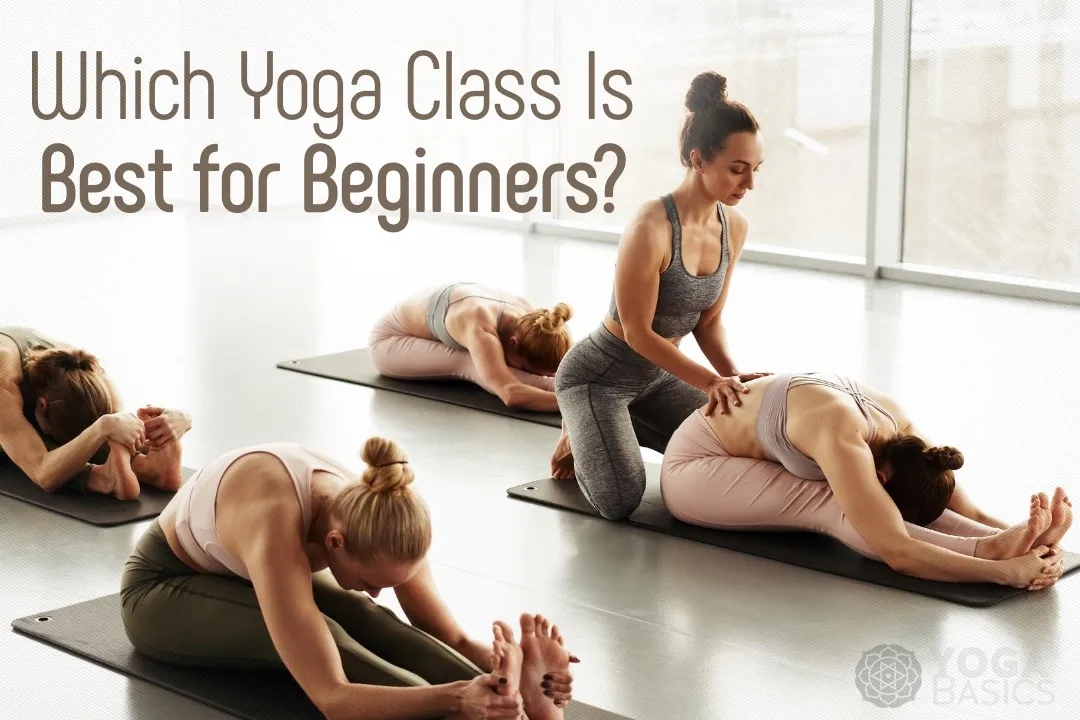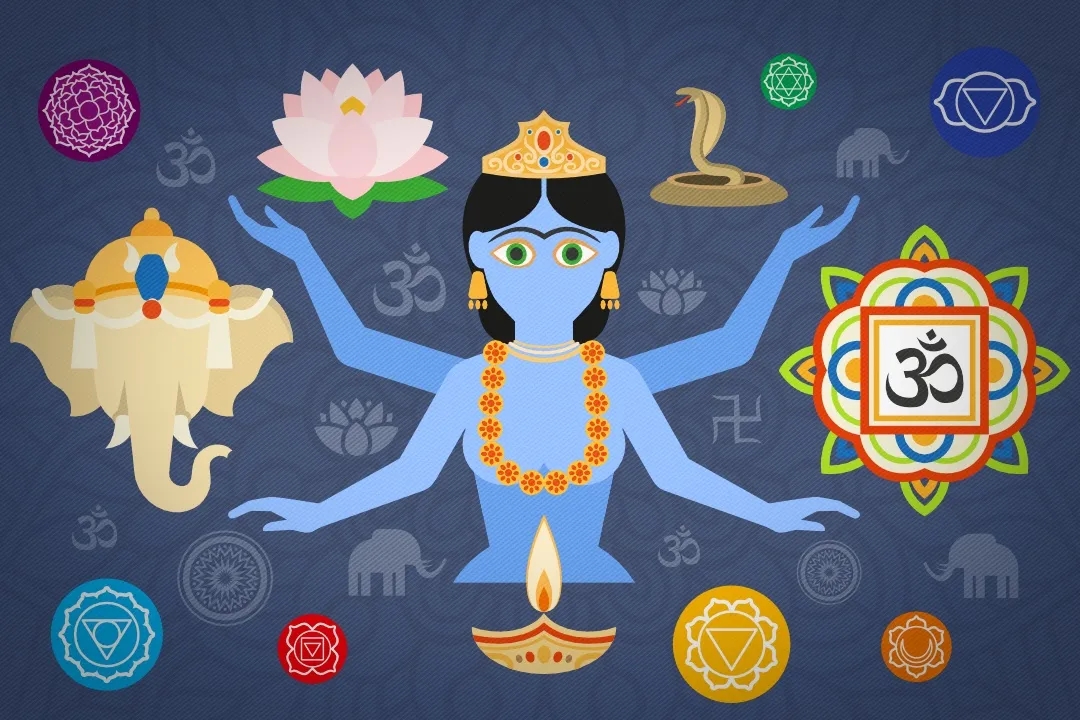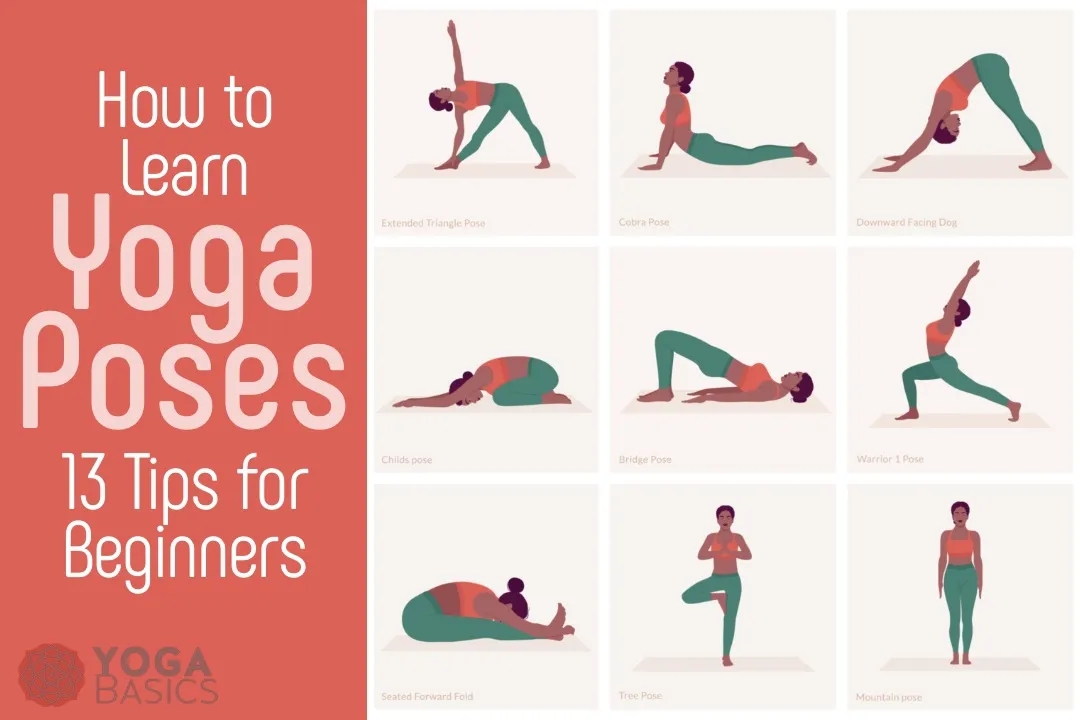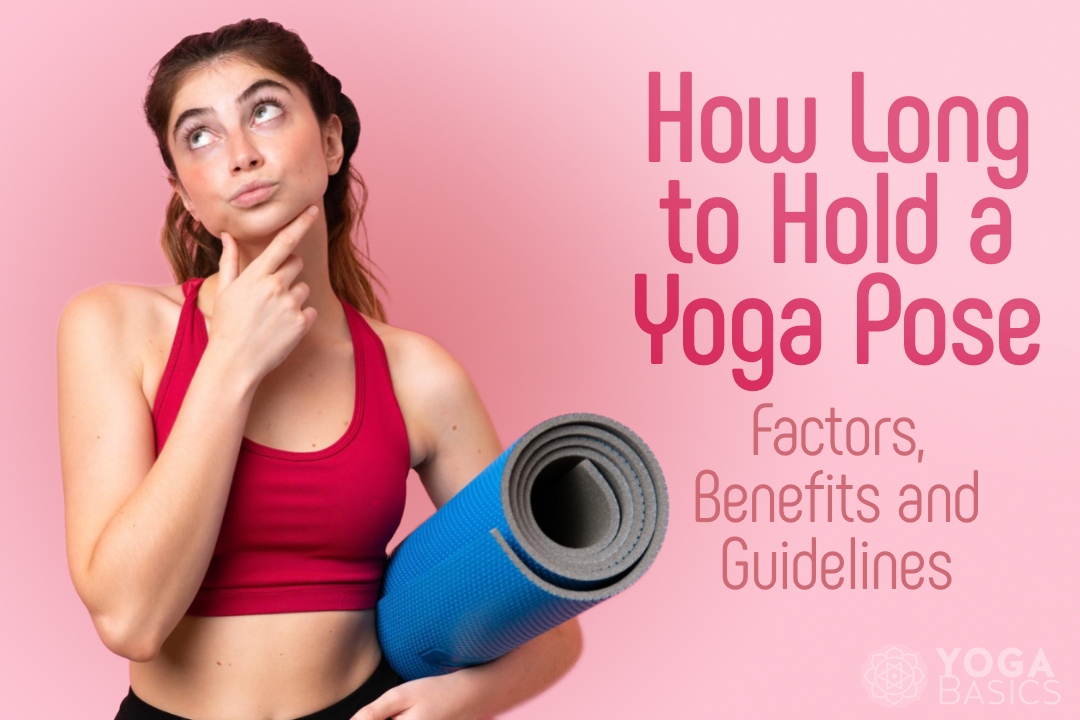Everyone who has taken a class in yoga will have heard the word “asana”. Asanas is the name for the physical positions of the body that are at the core of modern hatha practice. Yoga asanas are not all the same. While many classes teach only the basics, they can be of varying degrees of difficulty. We will need to learn about the history, origin and current use of the asanas in order to fully understand them and master them. This knowledge will help us develop a profound, insightful and deep practice.
Asana definition and meaning in Yoga
Asana, a Sanskrit term meaning “posture,” is the name of the physical positions that we adopt during a Hatha Yoga session. Each pose has a Sanskrit name and an English equivalent. The Sanskrit name for each pose ends with “asana”. For example, Padmasana is the Sanskrit name of the lotus posture, while Vrikshasana is the Sanskrit name for the tree pose. Asanas are named after the movements and shapes of animals or elements in nature. Some names are different between yoga schools and others have changed with time. Some asanas have had multiple names over the years.
They all follow the basic principles of muscular engagement and alignment. There are many different types of poses, ranging from twists to backbends. Each pose can have many variations, each with its own purpose, benefits and challenges.
Asanas can be static and still positions that are held for several inhalations or exhalations, or they can be part of a flowing dynamic movement lasting less than a single breath. The length of time an asana is held depends on the type of yoga practiced and the difficulty and intensity of the posture. Iyengar Yoga, for example, emphasizes alignment and yoga anatomy so poses are held longer. Ashtanga Yoga, Vinyasa, and other styles are more rapid in their transitions between poses.
There is no right way to perform any asana. However, there are some general principles to follow to avoid injury and maximize benefits of yoga.
There are how many different yoga postures?
The Yoga Sutras of Patanjali was the first yogic text to use the word “asana”. Patanjali mentions it as part of the eight limbs and, in sutra 2.47, he states that asanas should be “steady” and “comfortable”. The classic Hatha Yoga Pradipika describes 18 postures and then goes on to say that Shiva taught 84 asanas. However, a later text titled The Gheranda Samhita says that Shiva described 8,400,000 asanas. There are as many postures as there are species of life in the universe. In this world, 32 of these 84 poses have proven useful to humankind. Most yoga instructors only teach 15-25 poses. YogaBasics pose directory lists 120 asanas with photos and detailed instructions.
The History of Asanas
Asanas are simple positions that yogis perform during mediation. The original asanas were simple seated positions designed to calm the nervous system and focus the mind. They also allowed one to enter into a deep meditation state.
Since then, many asanas have been created for various reasons. The Goraksha Sataka was the first text to describe non-seated yoga asanas in the 11th century. Hatha Yoga Pradipika, written in 15th century, describes 18 poses. However none of them are standing postures. The first non-seated positions appeared in the Gheranda Samhita, which was written in the 17th Century.
B. In his famous asana book Light on Yoga from 1966, B. K. S. Iyengar incorporated the asanas that his teacher Krishnamacharya developed from a fusion between traditional Indian wrestling and gymnastics with British Army calisthenics. In 1974, yoga instructor Sri Dharma Mittra produced an poster containing a list 908 asanas. This was later printed as a book.
What is the difference between Asanas, other forms of physical exercise and Yoga?
Yoga combines breathing, stretching, mindfulness, and meditation in order to improve health, reduce stress, and increase flexibility and strength. This is less a workout than an exploration of the mind-body relationship. It is more of a spiritual and mental journey than a physical one.
Gymnastics and other forms of physical exercise, on the other hand, focus more on building strength, endurance, and stamina by using quick repetitions and sets of movements. The emphasis is not on mindfulness, breath work or developing a mind-body connection. Yoga is not an athletic sport, like weightlifting or running. The goal of yoga is to improve balance, coordination, and concentration by using controlled movements. It also encourages non-judgement and kindness towards yourself and others.
What is Asanas and what are its benefits?
Modern asana is a form of low-impact exercise that focuses on the health benefits. Asana’s traditional purposes included health promotion and prevention of disease, but the focus was more on its spiritual benefits and purpose. The body’s energy, as well as the mind, are calmed down and focused by learning to discipline and control the body. Here are some of the more traditional, but perhaps less known, benefits that regular asana practices can bring:
- Asanas help to build inner strength, focus and a strong body to handle the intense austerity of Tapas.
- The yoga postures help control, purify, and cultivate prana – the life force energy that flows through nadis, or energy channels, of the body.
- Asanas create mental, emotional, and energetic balance. Asanas help to reduce negative thoughts patterns and regulate emotions.
- Asanas is one of the many yogic practices that helps to reduce bad Karma, and prevent it from accumulating.
- The deeper practices of mudra, bandha and pranayama are made easier by a steady and grounded physical practice. These hatha practices can help calm and direct the energy, and encourage further exploration of your subtle body.
- Asana is a powerful tool to explore your conscious and subconscious mind. Through the layers of koshas, and the subtle body. It allows you to gain insight in the true nature and reality of yourself.
Asanas and the Yoga Tradition
When compared with the depth and breadth of the yoga tradition, asanas represent a small part of it. Asanas are only a small part of broader knowledge, philosophy and techniques. You can, for example, explore other aspects such as breath exercises, meditation, codes, social conduct, self-observances or devotion without doing any asanas.
Yoga’s ultimate goal is to unite the mind, body and spirit of each individual. Yoga poses can be a way to achieve inner peace by practicing self discipline and self awareness. Asanas weren’t meant to be an independent practice. Asanas were designed to complement other practices in yoga.
